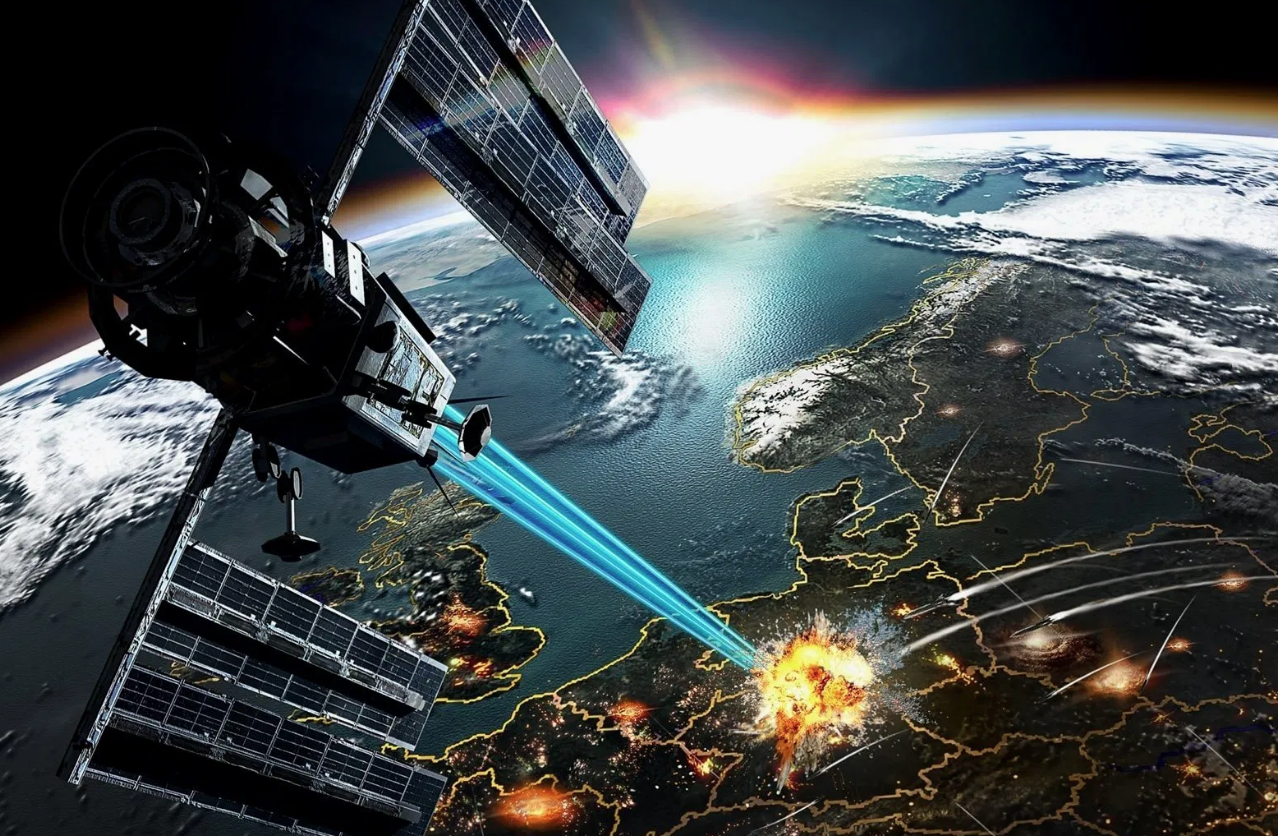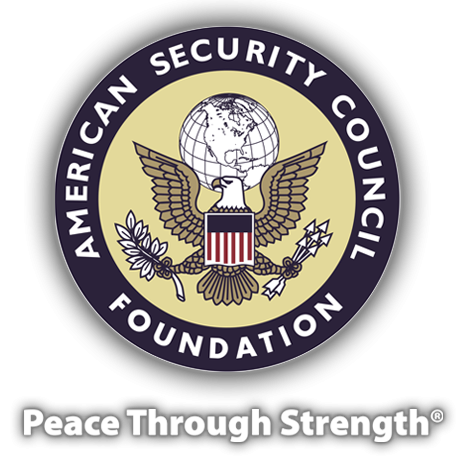Space weapons to counter China, Russia ‘coming’

To say that officials at the newly established US Space Command face a clear and present danger, is an understatement.
America’s adversaries now have the ability to use jammers, ground-based lasers, ground- and space-based kinetic weapons, attack ground facilities that support space operations or even carry out a nuclear detonation in space.
China has already tested anti-satellite missiles, while Russia has deployed on-orbit systems that could threaten US satellites.
But according to Army National Guard Major General Tim Lawson, new capabilities are on the way to mitigate the threat — he just can’t tell you about them, because they are classified under the umbrella of “black budget” projects.
“As a geographical combatant command focused on the space domain, those are the things that keep us up at night,” said Lawson, who made the remarks at the National Defense Industrial Association’s Space Warfighting Industry Forum, which was held virtually due to the Covid-19 pandemic.
“I would love to sit behind some closed doors and have this discussion on some of the things we really think we need,” Lawson said when asked about the types of capabilities Spacecom is seeking.
“A lot of times you listen to that threat picture and you kind of get a little dismayed at what you’re seeing, but then you look at our side and — trust me — we’ve got some things coming. So, it’s good news.”
Significant portions of the US military’s space programs are classified, making it difficult for outside observers to know what’s coming down the pike.
Meanwhile, Lawson highlighted the need to have resilient space architectures that utilize large networks of small communications and intelligence-gathering satellites that would be less vulnerable to enemy attacks
“If you had hundreds of small satellites up there in a constellation … the enemy can take out quite a few of those and it will really never have an impact on us,” he said. “That really is the resiliency piece that we’re seeking out there and we need.”
The command is also interested in developments in space logistics such as on-orbit refueling or servicing of satellites.
“If we could ever figure that out to where it is an economic way to do business, it would be a gamechanger, absolutely,” he said. “No doubt about it. And we would fully support a capability that would allow us to do that. And I think we would be very open to having some very good candid conversation on where industry is at in that piece of it.”
Lawson’s remarks came near the one-year anniversary of the re-establishment of US Space Command. The organization is a full-fledged geographic combatant command responsible for military operations that occur 100 kilometers or higher above the Earth’s surface.
The Pentagon — with the backing of President Donald Trump — now considers space to be a warfighting domain on par with land, air and sea.
But it’s not the first time a US president has launched a major military defense project in space.
According to History.com, President Ronald Reagan saw the proposed Strategic Defense Initiative (SDI) as a safeguard against the most terrifying Cold War outcome — nuclear annihilation.
It was a plan that read like science fiction: A system armed with an array of space-based X-ray lasers would detect and deflect any nukes headed toward the US.
When Reagan first announced SDI on March 23, 1983, he called upon the US scientists who “gave us nuclear weapons to turn their great talents to the cause of mankind and world peace: to give us the means of rendering these nuclear weapons impotent and obsolete.”
From the start, politicians and scientists argued that SDI was overambitious.
The technical hurdles required to achieve SDI (which included a number of proposed designs and weapons — not just space-based lasers) seemed so incredible at the time that Massachusetts Senator Edward Kennedy referred to it as ”reckless ‘Star Wars’ schemes.”
The “Star Wars” moniker stuck. Over the course of 10 years, the government spent up to US$30 billion on developing the concept, but the futuristic program remained just that —futuristic.
It was formally scrapped by President Bill Clinton in 1993.
Photo: While the US military is concerned about Chinese and Russian advances in space weaponry, new technology to counter these weapons is being developed, US officials said. Credit: Handout.
Link: https://asiatimes.com/2020/08/new-space-weapons-to-counter-china-russia-on-way-official/











